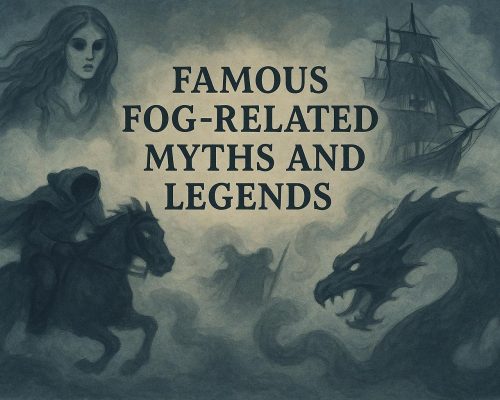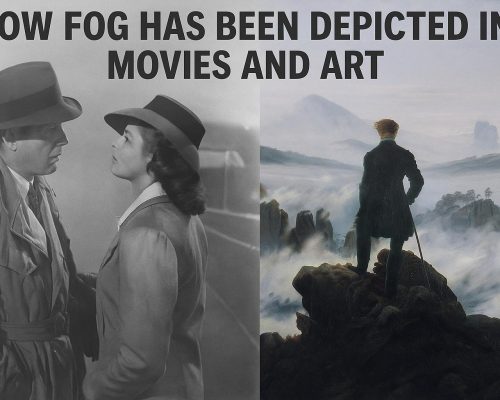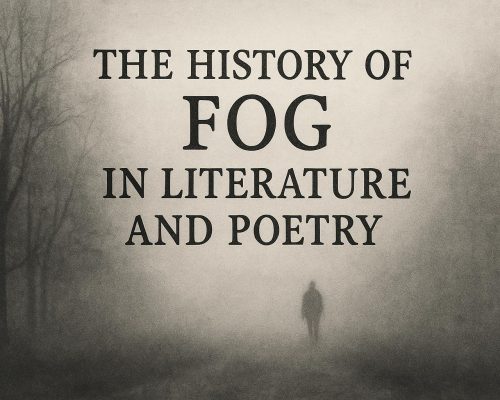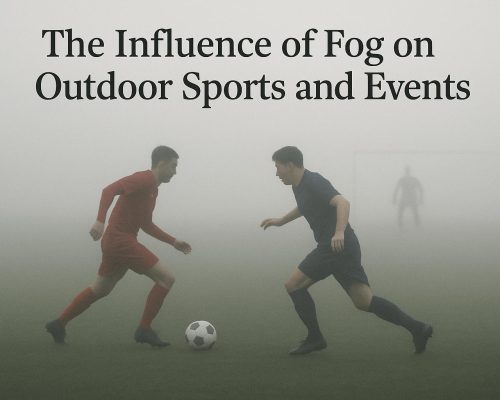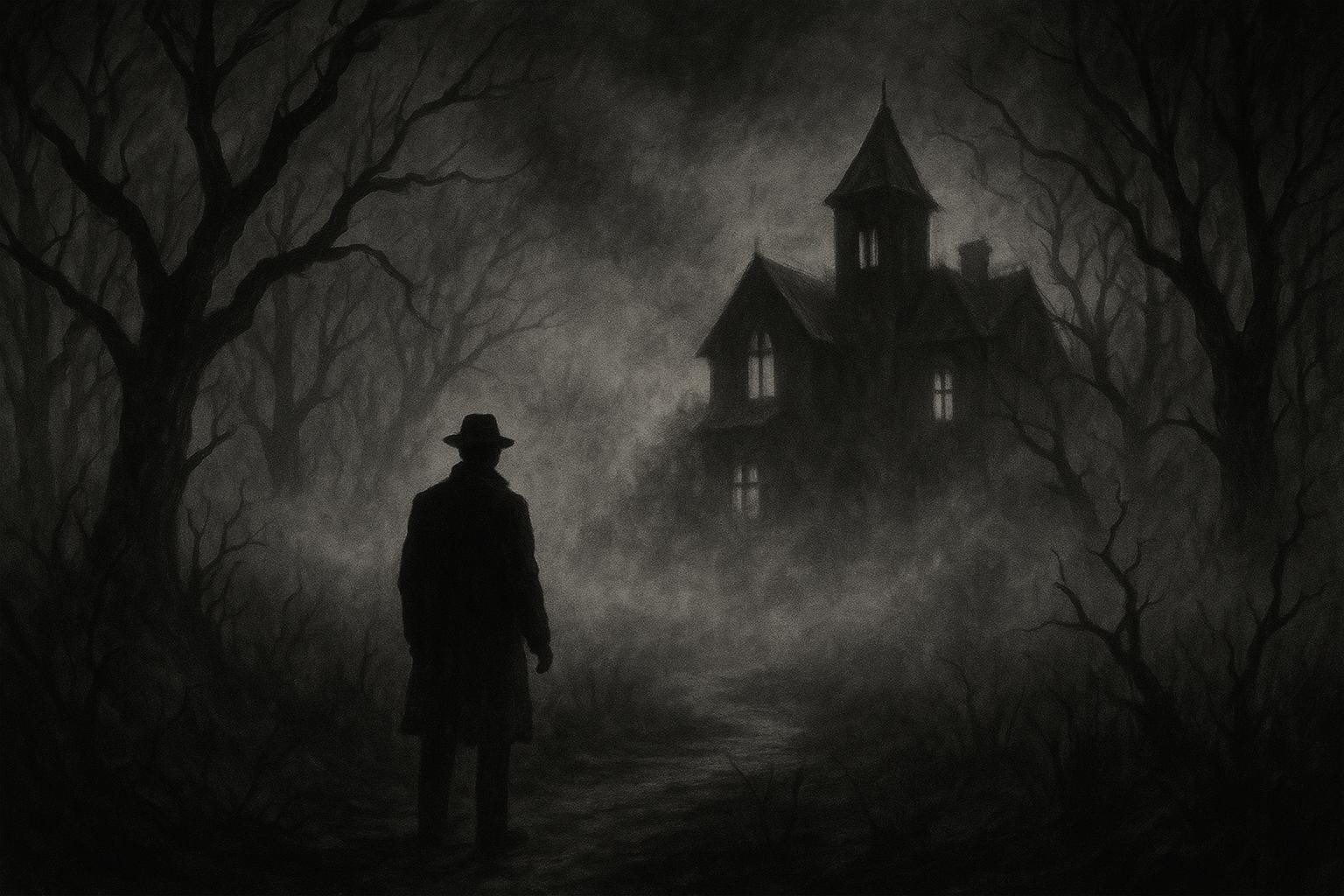
The Role of Fog in Horror and Mystery Stories
The Role of Fog in Horror and Mystery Stories
Fog has been a staple atmospheric element in horror and mystery stories for centuries, adding an unmistakable layer of suspense and intrigue. Its presence as a narrative device contributes to the mood and setting, serving to heighten the sense of the unknown and the unpredictable.
Fog as a Symbol of Mystery and Ambiguity
In literature, fog often symbolizes mystery and ambiguity. Its dense and obscuring qualities create a veil over what lies ahead, inviting readers or viewers to question what is hidden within. This effect aligns perfectly with the themes of horror and mystery, where the unknown often serves as a source of tension and fear. The limited visibility caused by fog enhances the narrative’s suspense, leaving both characters and audiences unsure of what dangers might be lurking close by.
When authors introduce fog into their stories, they invoke a natural element that, by its very nature, obstructs and confuses the senses. This obstruction is not simply physical; it carries an emotional and psychological weight that transforms the reading experience. The shrouded landscapes become metaphors for the cloudy and uncertain paths that protagonists must navigate. Thus, the fog itself becomes an integral part of the storytelling, entwining itself with the characters’ journeys.
Enhancing Atmosphere and Setting
The presence of fog is frequently used to enhance the atmospheric setting of horror and mystery stories. By concealing landscapes and objects, fog transforms ordinary locations into eerie and unsettling environments. This atmospheric quality can be seen in various works, from the moors in Arthur Conan Doyle’s “The Hound of the Baskervilles” to the streets of Victorian London in numerous Gothic tales.
Beyond just visual obscurity, fog holds the ability to heighten other sensory elements, such as sound. Often, sounds are muffled by its thickness, or inversely, they are amplified, creating an auditory landscape that is as unsettling as it is immersive. This characteristic of fog allows storytellers to introduce auditory illusions that can perplex characters and readers alike. The rustle of unseen creatures or the distant echo of someone—or something—approaching becomes fodder for the imagination. As the senses are tricked, the boundaries between reality and imagination blur, and this, in turn, intensifies the atmosphere and overall narrative experience.
Fog as a Plot Device
Fog can also serve as a plot device, influencing the progression of the story. Restricted visibility caused by fog often leads characters to make decisions based on incomplete information, resulting in misunderstandings or confrontations that drive the plot forward. In mystery stories, for instance, fog can conceal clues or evidence, forcing detectives to rely on deduction and intuition rather than clear evidence.
Furthermore, fog can represent a metaphorical journey through a character’s mind, symbolizing internal conflict and moral ambiguity. Characters shrouded in fog can be interpreted as being trapped in their own doubts, reflecting either their past actions or struggles to uncover hidden truths about themselves or others. Fog serves as a complex metaphor that echoes the protagonists’ battles against their inner fears or unresolved issues, making their quests more compelling and relatable.
The dual role of fog in both hindering physical sight and enlightening inner vision demonstrates its versatility as a literary device. It simultaneously cloaks the truth while encouraging characters to uncover deeper realities about themselves or their worlds. By manipulating fog as an event and metaphor, authors craft multi-layered narratives that resonate on several levels.
Examples in Popular Culture
Fog’s frequent appearance in both classical and contemporary horror and mystery fiction underscores its enduring appeal. In films, it is a visual tool often used to create a suspenseful backdrop for narrative events. For example, in John Carpenter’s film “The Fog,” the titular fog is not only a weather phenomenon but also a supernatural force. Similarly, in Agatha Christie’s novels, fog often plays a role in setting the stage for mysterious occurrences.
Another notable example can be found in Stephen King’s works, where fog is often a harbinger of mysterious and terrifying events. In his stories, fog does not only serve as a physical presence but also as an entity embodying the fears lurking beneath the surface of everyday life. In the film adaptations of his novels, this element becomes a powerful visual and thematic symbol, binding audiences to the emotions and challenges faced by characters.
This pattern of using fog transcends literary genres, making its way into video games, radio plays, and art installations. Each of these media utilizes fog to evoke a similar sense of enigma, seamlessly merging the element with storytelling techniques that captivate and challenge audiences across time.
Conclusion
Through its ability to contribute to mood, symbolize complexity, and alter perception, fog remains a powerful narrative device in horror and mystery stories. Its dynamic influence over both the physical environment and the plot ensures it will continue to be a staple in storytelling across various media forms. Those interested in the mechanics of suspense and fear in literature can find more insights into literary devices and storytelling techniques.
Fog, as a motif, carries with it not only thematic weight but also a timeless capacity to enthrall and engage. As it weaves through narratives, it ensures stories remain as obscured and multifaceted as the human experiences they aim to reflect. Consequently, readers and viewers will, for generations to come, continue to find themselves lost in its opaque embrace—exploring the vast spectrum of possibility hidden within its mists.

